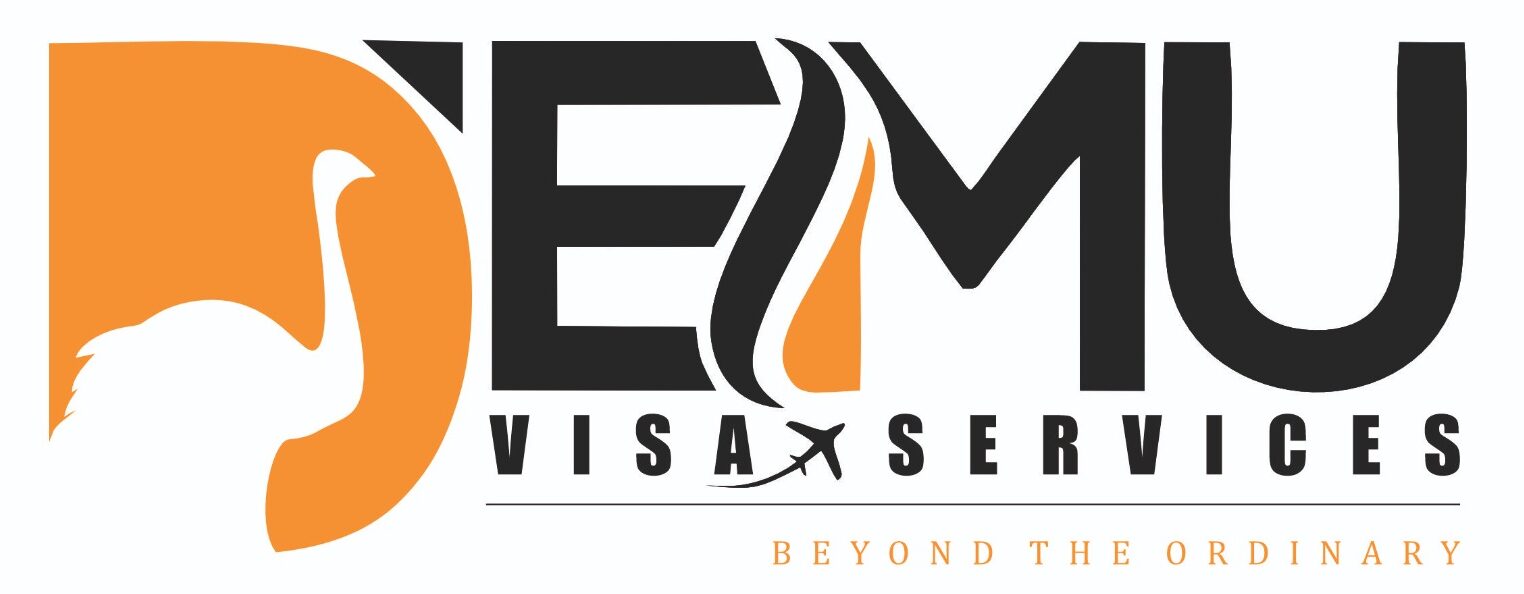Introduction A visa rejection can be frustrating and time-consuming. Understanding the common reasons for visa refusals can help applicants avoid mistakes and improve their chances of approval. Here are the top five reasons why visa applications get rejected and tips to prevent them. 1. Incomplete or Incorrect Documentation One of the most common reasons for visa denial is missing or incorrect documents. Ensure you: Submit all required paperwork Provide accurate and up-to-date information Cross-check document guidelines before submission 2. Insufficient Financial Proof Many countries require applicants to show proof of sufficient funds to cover their stay. Ensure that your financial documents are genuine and meet the required threshold. 3. Failure to Meet Eligibility Criteria Each visa category has specific eligibility requirements. Failing to meet educational, professional, or legal conditions can lead to rejection. Always check and fulfill all criteria before applying. 4. Weak Travel History For visitor and work visas, a weak travel history or overstaying in another country can raise red flags. Having a consistent and legal travel record helps build credibility. 5. Errors in the Visa Application Form Even minor mistakes in the application form can lead to rejection. Double-check all details, including passport numbers, personal information, and addresses, before submitting. Conclusion Avoiding these common mistakes can increase your chances of visa approval. For professional assistance in preparing a strong visa application, contact D-Emu Visa Services today.
- Opening Time : 8:30 AM - 6:30 PM



